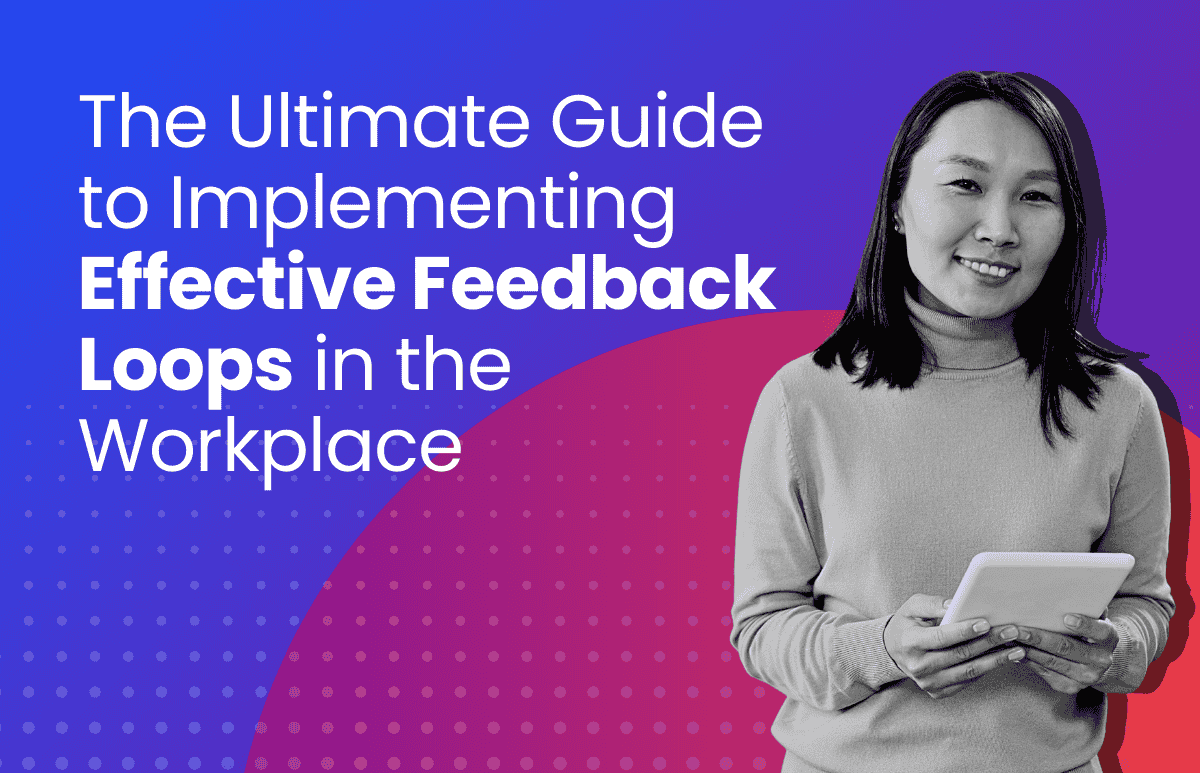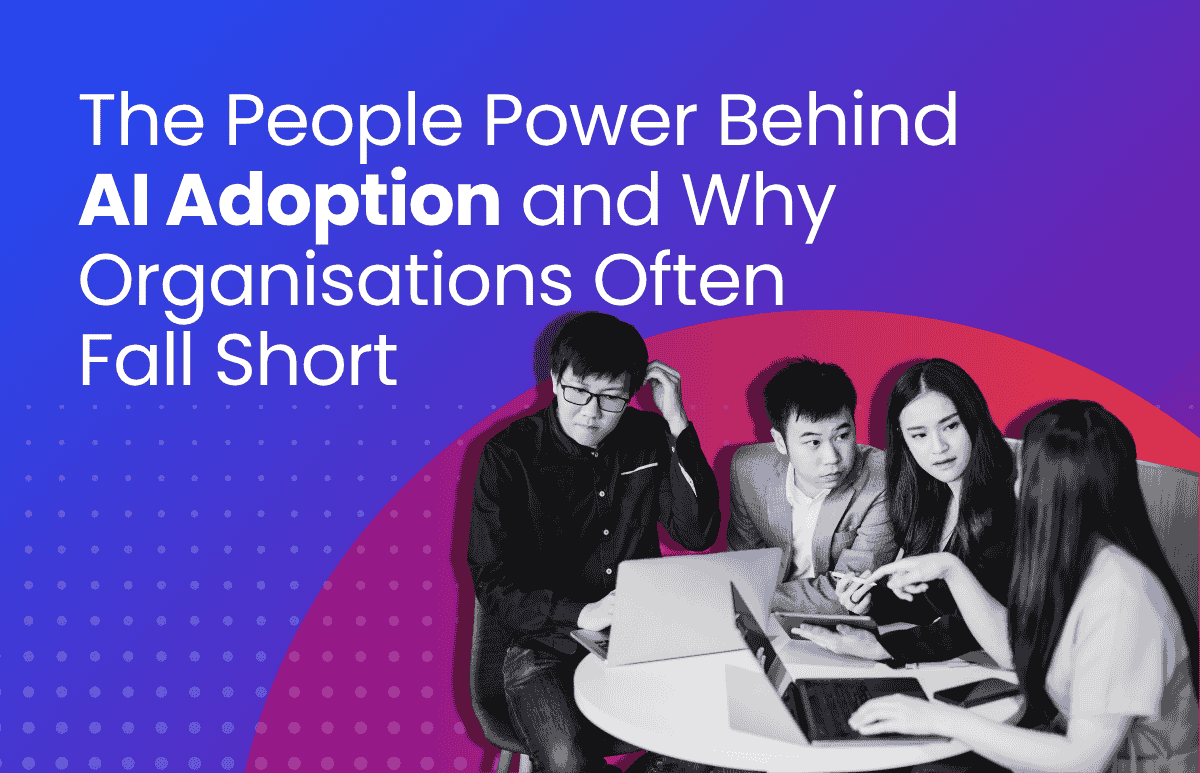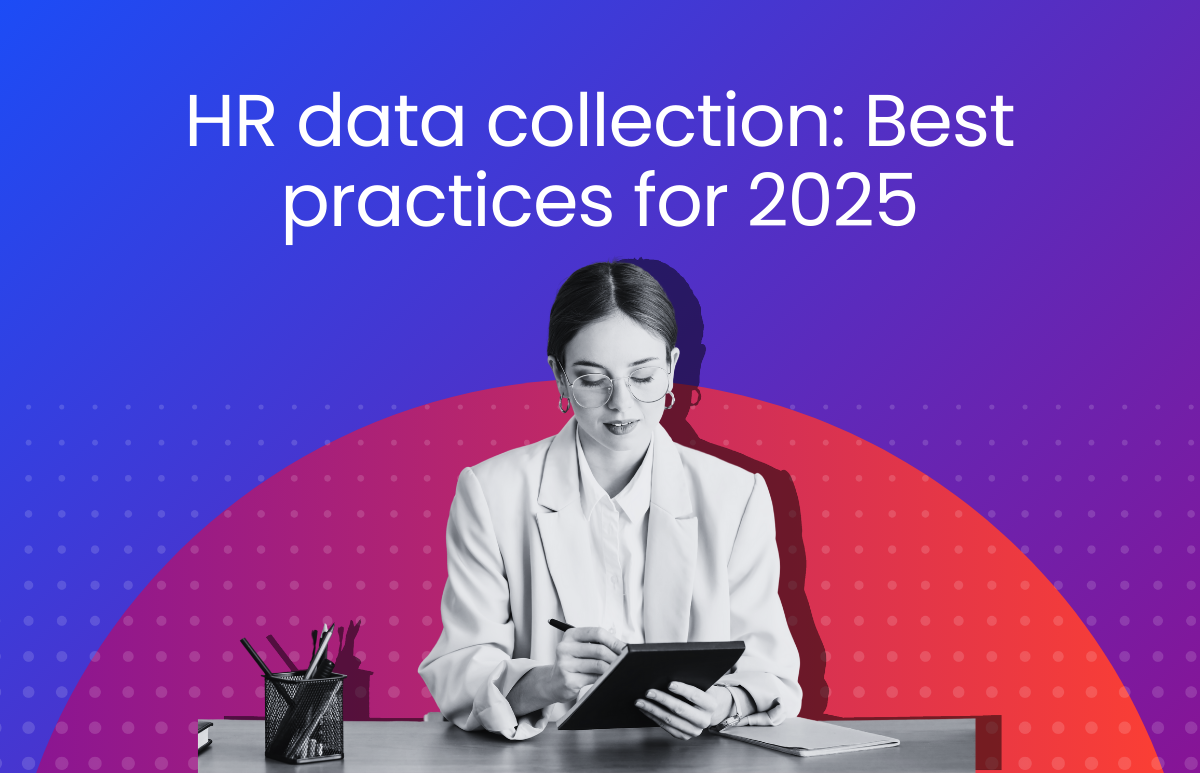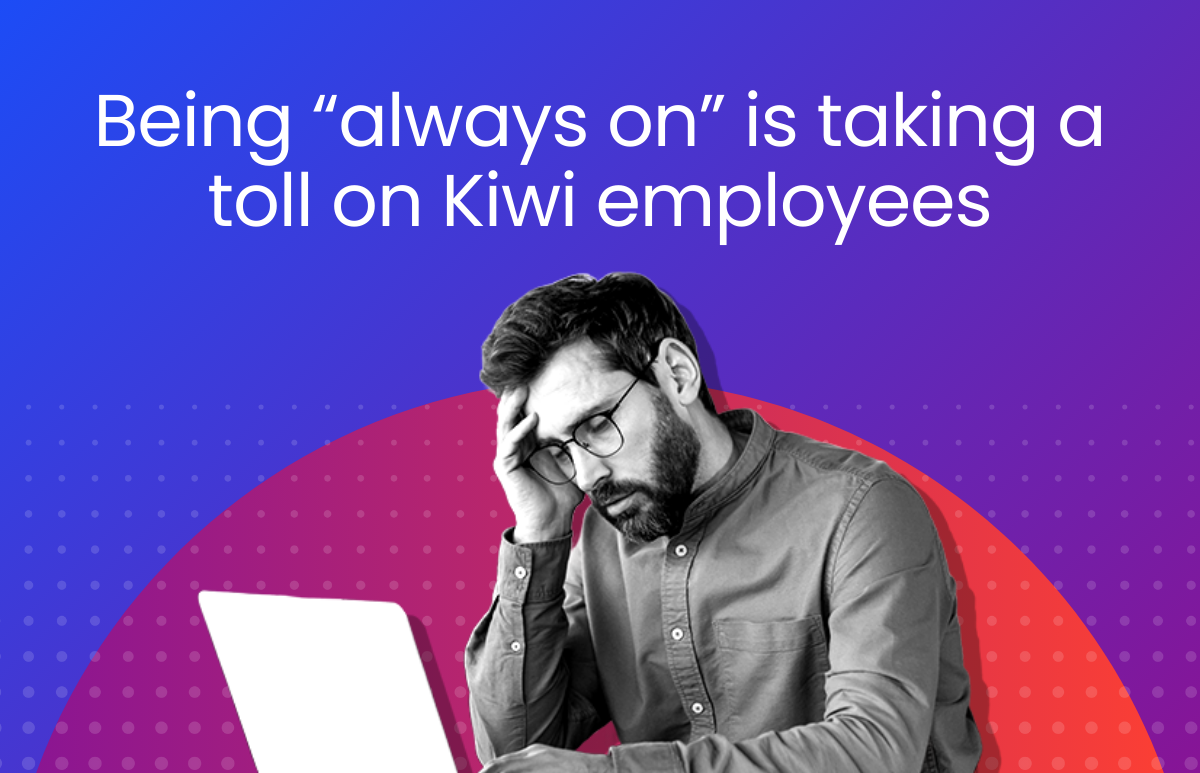Why Returning to Office Won’t be Normal

With the government lifting all, or almost all restrictions for gathering indoors and outdoors, we face a “return to normal” in everyday life.
But as employers prepare their employees for the return to office, they face a new challenge that’s distinct from the logistics of getting their workforces back in seats. Businesses are now facing a reality wherein the way we define work has changed, possibly for good.
To avoid being left by the wayside, companies need to understand and internalise this changed view on working, and prioritise new skills and strategies to best suit this new paradigm.
The new view on working
In some ways, COVID-19 has been an experiment in remote working, one that, for many businesses, has shown that it is not only possible but even desirable.
Although remote working has long been implemented by some companies, others have found the concept tantalising but far-fetched – that is, until 2020. Companies are recognising that busyness is not performance and being seated at a desk does not equate to productivity. On the other side, employees have woken up to the benefits of remote working, especially the flexibility of being able to work at their most productive times, whether that be 4am or 6pm.
What this means is businesses that fail to accommodate this flexibility for employees risk becoming undesirable employers at worst, and fail to capitalise on the full productivity of their employees at best. As the workforce goes more digital, the ability to unlock talent internationally becomes another consideration, one with the potential to inject a diversity of thought and experience into your talent pool.
Readjusting working models to accommodate flexibility
To face this new way of working, companies should employ a gradual shift from employer-driven models of work to employee-driven ones. What this means is focusing predominantly on employee engagement, allowing employees to set their own goals and complete tasks with flexibility and at their discretion, rather than through the typical seated 9-to-5 following top-down directions.
From the above, the most important takeaway is having a model for employee engagement. As digital platforms don’t automatically facilitate employee interaction, many organisations have realised for the first time, that they needed to take an active role in cultivating culture and connection on their teams, something beneficial for both digital and in-office working. This extends beyond providing benefits for your employees (though those can help). It is about creating a sense of purpose and allowing them to be drivers of their own work, which in turn ensures productivity and motivation remain high when working from home.
Reskilling for the future of work
Technology and leadership skills are becoming increasingly more important – with the limitations of digital communication, the ability to adequately and clearly communicate a message is essential. Skills once called “soft skills” are slowly being understood to be the hardest to master, yet are critical for the future of work. Employees working in tech fields need to be provided with resources and opportunities to improve these skills as part of a comprehensive upskilling program.
Non-tech employees face the opposite requirement: the need to diversify their portfolio of digital skills. The ultimate goal for employees in the return to work has shifted; no longer is it about being able to use specific technologies, but being familiar and comfortable enough to learn how to use new technologies quickly and intuitively.
What the pandemic may have demonstrated most clearly is that no matter how many contingency plans a business creates, unforeseen circumstances mean that adaptability and flexibility should be priorities for all companies. To achieve this, businesses as a whole will have to upskill, bringing on people with the capability to devise and implement targeted strategies that ensure agile decision-making can occur across the business.
For further information on developing a return-to-the-workplace strategy, download ELMO’s comprehensive eBook, How to make the ‘new normal’ great. This eBook contains tips on pre-return preparation, organising office space and determining work schedules, plus ongoing health and hygiene initiatives to implement for employees, and more.
ELMO Cloud HR & Payroll can help business leaders manage their workforce, even while operating remotely. As a cloud-based solution, ELMO helps employers manage their teams from anywhere at any time from a secure, centralised database. All employee-employer touchpoints are covered by ELMO’s suite, from ‘hire to retire’. This includes recruitment, onboarding, performance management, payroll, rostering / time & attendance, learning & development, and more. For further information, contact us.
 HR Core
HR Core 









